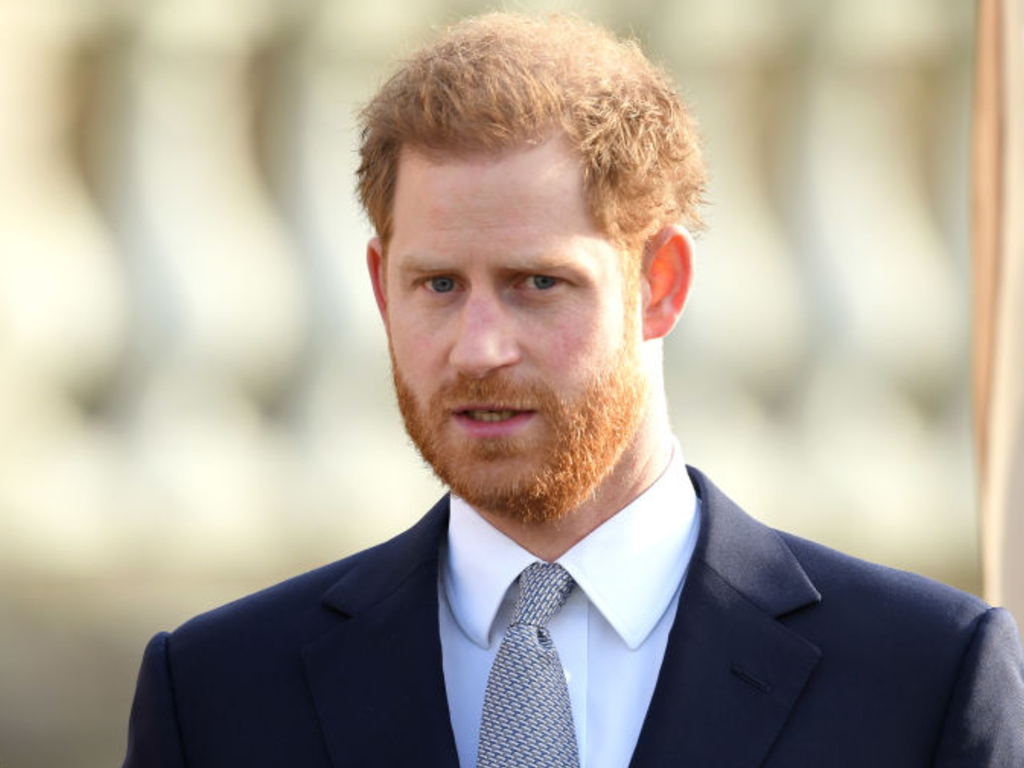Prince Harry has lost a breach of accuracy complaint filed against British tabloid The Mail on Sunday, according to a ruling released by the Independent Press Standards Organisation (IPSO).

The complaint was filed on Aug. 8, 2019, but is not part of the other more widely reported lawsuits involving Prince Harry and Meghan Markle.
The Duke of Sussex complained to IPSO that the Mail had breached Clause 1 (Accuracy) of the Editors’ Code of Practice in an article with the headline “Drugged and tethered… what Harry didn’t tell you about those awe-inspiring wildlife photos,” which was published on April 28, 2019.
READ MORE: The biggest lawsuits filed by the royal family — from planted cameras to leaked nudes
According to the IPSO ruling, the Mail’s article discussed photographs posted on Harry and Markle’s Instagram account, @sussexroyal, in celebration of Earth Day.
The article claimed Harry “notably avoided explaining the circumstances in which the images were taken,” specifically that the animals pictured had been tranquillized and that the elephant in one image was tethered.
The IPSO ruling states the animals were sedated and tethered in order to be relocated as part of a conservation project.
The Mail’s article also alleged the photos shared to the Instagram account were deceiving, saying viewers weren’t able to see the tethers on the elephant’s limbs.
According to IPSO, a spokesperson for Harry had declined to discuss the photos with the Mail, though “sources denied the rope was deliberately edited out of the elephant picture, claiming instead that ‘it was due to Instagram’s format.'”
The Mail disputed this claim, saying the prince’s choice to put white borders around his photos was not required by Instagram but, rather, a preference of the royal.
Harry also claimed in his complaint that the article made it seem like he was sharing the photos to show his talent as a photographer and misleading the public by making it seem as though he had captured the shots in “dangerous circumstances.”
READ MORE: Meghan Markle, Prince Harry file lawsuit against U.K. tabloid
However, according to IPSO, the Mail denied any inaccuracy within the article, restating its claim that Harry misled his audience by not explaining the animals were drugged and tethered in the photos.
Furthermore, the Mail said his followers couldn’t have been expected to be aware of these circumstances, which Harry said had been explained in 2016.
In its ruling, IPSO determined that “it was not clear from the images themselves that the animals had been tranquilized and tethered” and that the Instagram caption had failed to make it clear the images had previously been published, unedited, three years ago.
The organization concluded the article wasn’t inaccurate in claiming the photos were misleading and that the Mail couldn’t have been expected to contact Prince Harry prior to commenting on the images in question.
—










Comments